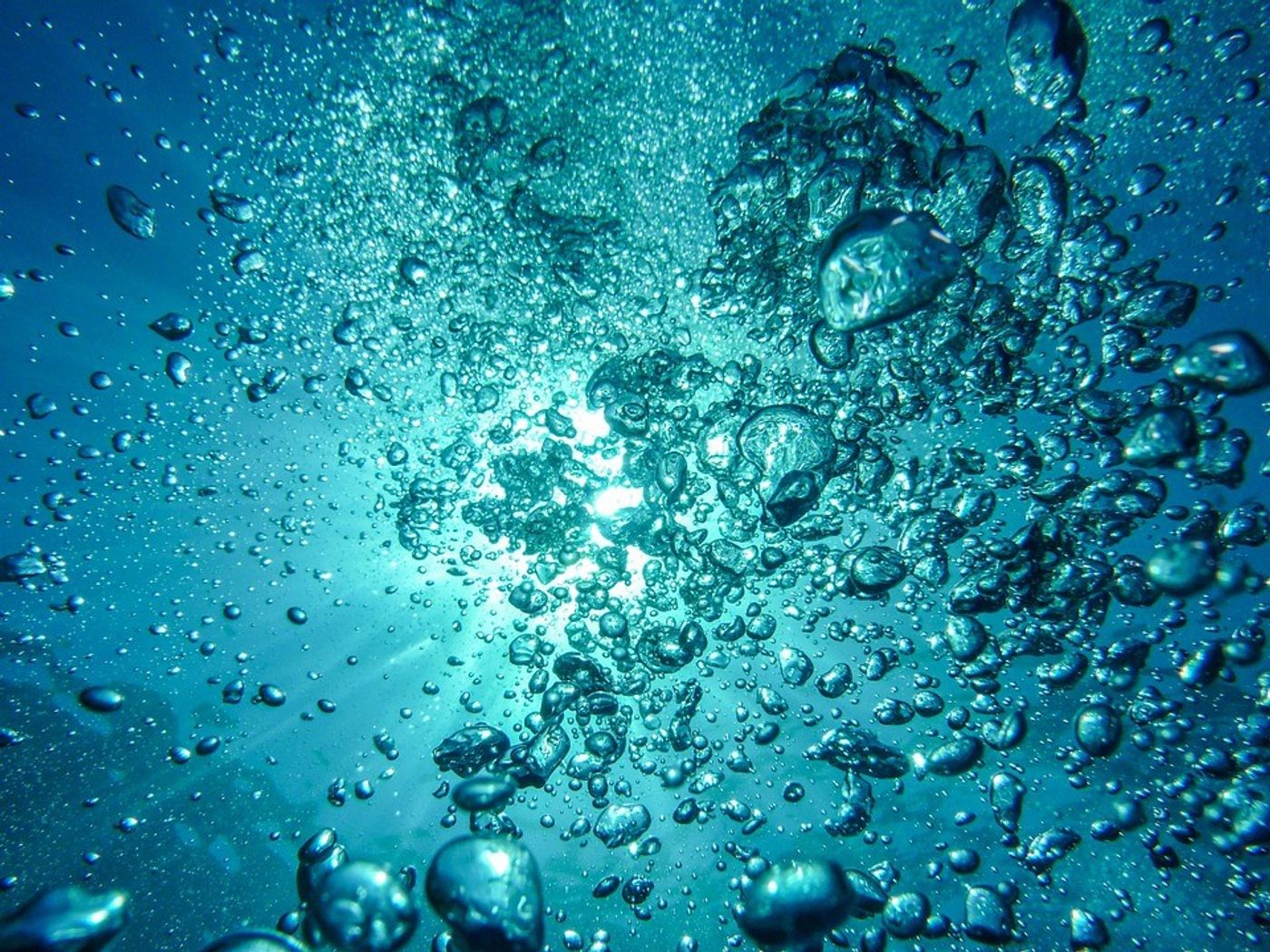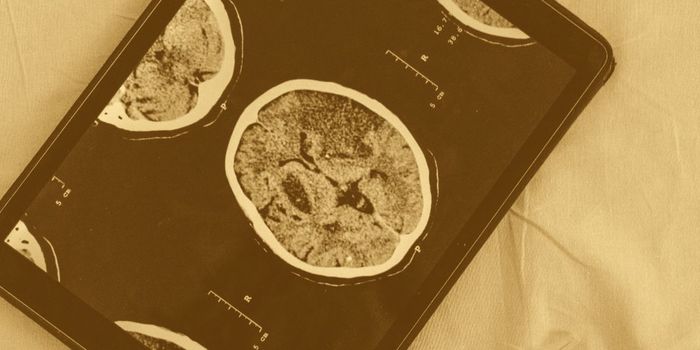Scientists have figured out how to breakdown "forever chemicals"
Recently, the term “forever chemicals” has come to the forefront of public health concerns. The term usually refers to PFAS, or per- and polyfluoroalkyl substances, which are a group of human-made chemicals used in a wide range of products (like pots and pans coated in Teflon, carpets, makeup, and more) that do not easily breakdown. Because of this, some types of PFAS chemicals have been shown to accumulate in the environment, and also in human bodies. In fact, a recent study found that nearly all people tested had PFAS in their blood.
The accumulation of PFAS in human bodies can lead to adverse health effects such as decreased fertility and increased pregnancy complications; developmental effects and/or delays in children; increased risk of prostate, kidney, and testicular cancer; reduced immunity; increased risk of obesity; and interference with the body’s natural hormones. The adverse health effects are becoming more realized, but since the chemicals do not break down in the environment, they continue to cause complications as they are pumped into water and soil.
New research led by a team from the University of California Riverside may have developed a simple solution to aid in breaking down these “forever chemicals.” The process uses ultraviolet (UV) light and begins by mixing water that has PFAS in it with hydrogen, making PFAS more reactive. The water is then subjected to a high-energy vacuum UV light to subsequently destroy the pollutants. The scientists hypothesize that this breaks the carbon-fluoride bonds, partly due the change in pH levels in the water, and then turns PFAS into byproducts assumed to be harmless. The study reports that 100% of the PFAS in the water was destroyed.
This process—called reductive water treatment—is a promising solution to destroying PFAS and therefore keeping these harmful chemicals out of the environment, and subsequently out of human bodies.
Sources: California Water Board, EPA, Journal of Hazardous Materials Letters, IFL Science









